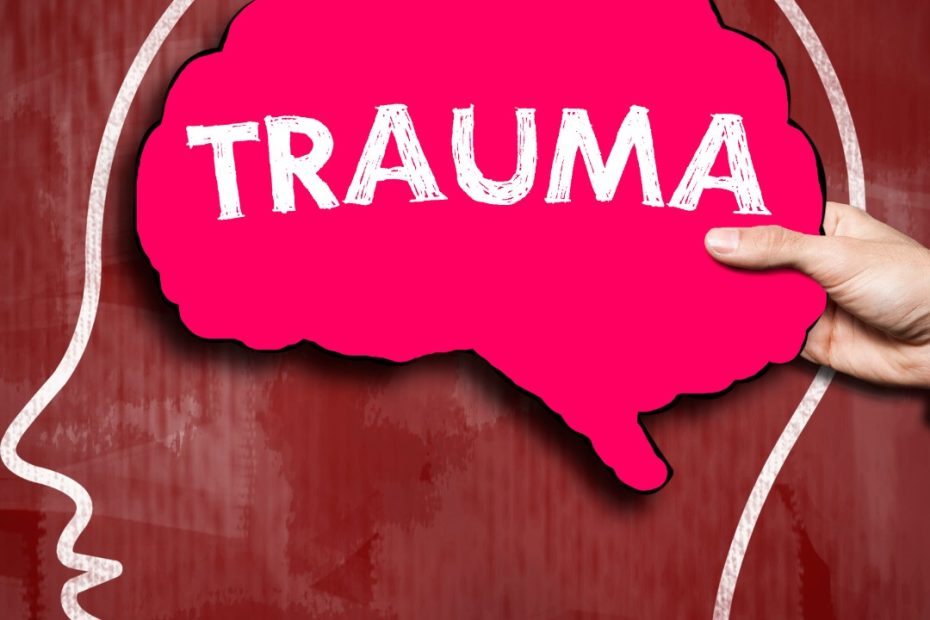As the unfortunate need for trauma recovery increases in our world, it is important to ensure recovery is holistic and takes into account addressing the body’s reflexive responses to trauma. Integration of primitive reflexes is an essential part of trauma recovery addressing the sub-cortical effects of trauma that other cognitive therapies do not. While talk therapy and other mental health interventions are crucial, they may not fully reach the deep brain patterns formed in early development that are reactivated by trauma.
This article is a summary of a published case study where reflex integration was used as an intervention after the tragic Sandy Hook Elementary School shooting in Newtown, Connecticut. The modality used in this study was Masgutova’s Neurosensorimotor Reflex Integration (MNRI) developed by Svetlana Masgutova. MNRI, while different to Rhythmic Movement Training, also involves repetitive rhythmical movements performed to integrate retained or reactivated primitive reflexes.
Understanding the Body-Brain Link in Trauma
Trauma impacts more than thoughts and emotions—it deeply affects the nervous system. When a child (or adult) experiences overwhelming stress, their brainstem (where primitive reflexes reside) and survival systems activate, reactivating primitive reflexes that have previously been laying dormant in the brainstem. This reactivation can keep the body in a constant state of “fight, flight, or freeze,” disrupting normal development and self-regulation.
In this study, rather than starting with cognitive therapy which requires access to the cortical layer of the brain which is often difficult for a traumatised child to access or sometimes re-traumatising, MNRI worked from the ground-up or brainstem-up by calming and re-patterning the body’s reflexive responses.
Reflex Dysfunction after Trauma
In the months following the Newtown shooting, Masgutova’s team conducted 264 MNRI sessions with 134 children and several adults impacted by the event. Each participant received assessments of 30 core reflexes, such as the Moro (startle), fear-paralysis, and tonic labyrinthine reflexes. These reflexes are often overactive in the trauma survivors, leading to symptoms like anxiety, sensory overwhelm, poor motor coordination, and emotional instability.
Initial assessments showed significant reflex dysfunction, consistent with post-traumatic stress when compared with typically developing children who hadn’t experienced similar trauma. The children exhibited high levels of retained or hyperactive reflexes, affecting their ability to self-regulate, concentrate, and feel safe.
Cumulative results from MNRI work with trauma survivors has found that in 100% of cases, the defensive reflexes associated with the body’s fight or flight response, the Core Tendon Guard Reflex and the Moro reflex remain hyperactive for 4-12 months after the traumatic event in the case of the tendon guard, and 4-13 months after the even in the case of the Moro. The physiological effect of this is that the body remains in a state of alarm and is subject to an overproduction of stress hormones while this reflex remains active which has a damaging effect on neurological structures of the brain.
Results and Improvements
After participating in MNRI sessions however, most children showed measurable improvement in reflex integration. The outcomes were striking and improvements in reflex function began to be noticed after only 2 sessions of MNRI.
Children demonstrated:
- Reduced anxiety and emotional reactivity
- Better posture, coordination, and sensory processing
- Improved communication and social engagement
- Greater resilience and adaptability in everyday life
Parents and teachers noticed that the children were calmer, more focused, and able to engage in learning and play again. For many, the changes were not just physical but deeply emotional—restoring a sense of safety and control.
Is it ever too late
The ever encouraging thing about reflex work is that it is never too late to integrate! At any age, reflex integration work can help to integrate reactivated primitive reflexes and calm the nervous system. While no one will ever have 100% integration 100% of the time, targeted reflex work will change and reset reflexive patterns that have become extra stimulated due to traumatic events.
The study did also identify an interesting optimal window for reflex intervention. One third of children who commenced MNRI 3 months after the shooting were already presenting with PTSD symptoms and showed slower recovery. For children, who commenced MNRI before this 3 months timeframe had elapsed, demonstrated less hyperactivity of reflexes and more ‘normal play and laughter’ with a faster recovery. The suggestion being that there is a 3 month window within which to provide ‘early interruption’ of the traumatic stress.
Trauma recovery is complex, especially for children. The Sandy Hook MNRI case study offers hope and insight into how the body’s own developmental systems can be harnessed for healing. Reflex integration, through rhythmical movement based methods like MNRI or RMTi, may be a powerful addition to trauma-informed care—helping children rebuild from the inside out and without having to find the words to dialogue.
Access the full research paper here:
https://masgutovamethod.com/_uploads/_media_uploads/_source/Journal-Of-Traumatic-Stress-Disorders-Treatment-vol5-issue5-2.pdf
